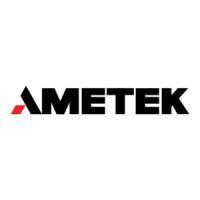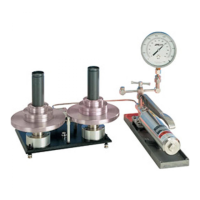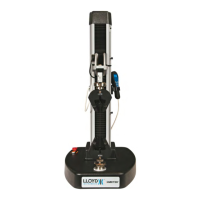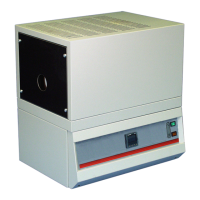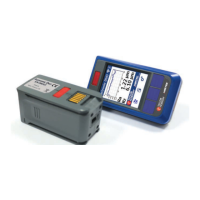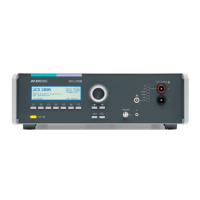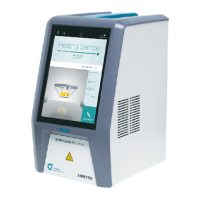WINDOWS explorer is needed to copy these picture files so the dedicated program
must be closed and the operator logged onto Windows with a Supervisor User Name
and Password.
If a picture is required (and it has already been copied to the folder) then press on the
"BROWSE" button to display a "File Open" dialog then select the required picture file.
The "Height Mode" is a specialized feature that is required for automatic sample height
measurement and this is explained in section 12.
The "Distance Compensation" is a specialized feature that is required when distance
accuracy is important and this is explained in section 11.
Decide if the test requires a "Pre-Load". Pre-Load effectively zeroes the distance
measurement at the preload force and is used when there is a possibility that the sample
may be slack in the fixture or when performing a compression test.
If a preload is not required, leave the "PRELOAD FORCE" value set to 0.
If a preload is required, press on the "PRELOAD FORCE" entry area to display a numerical
keypad, enter the required value then press on the ENTER button. To change the unit
(which will be initially set to the "Default" Force unit), press the button to the right of the
Preload Force entry area to cycle through the available units.
If any numeric field needs to be edited after an initial value has been entered, press
two times (double tap) on the relevant entry area.
To enter a barcode into the required field, press on the edit box field above the
keyboard to enable the field then scan the barcode.
If a preload force has been defined, press on the "PRELOAD SPEED" entry area to display a
numerical keypad, enter the required value then press on the ENTER button. To change the
unit (which will be initially set to the "Default" Force unit), press the button to the right of the
Preload Speed entry area to cycle through the available units.
The "Data Rate" is the speed of data read and stored during a test. For most tests a 100Hz
(100 samples a second) data rate will provide accurate readings of force, distance and time.
The amount of data stored at 100Hz will not use an excessive amount of system memory.
When performing very long tests, it is recommended that the data rate is reduced to use less
memory and a suitable data rate is 10Hz. When performing very short tests, the data
rate
can
be increased up to 1000Hz, if required, noting that more memory will be used during the
test because more data is being stored.
Select the required "Auto Zero" action using the controls on the right hand side of the
screen. When Auto Zero is selected, the force tester distance and force will be set to Zero
before every test.
However, please note that this feature can cause incorrect force readings especially if wedge
grips are being used. When a wedge grip is tightened, a compressive force may be applied to
the sample and if this is zeroed out by the Auto Zero function, a force offset is produced and
any measured force values will be incorrect.
It is therefore recommended that the force tester is Zeroed before a BATCH of tests is
started and NOT zeroed between each test.
Select the required "Auto Return at End" action using the control on the right hand side of
62 CS User Manual
